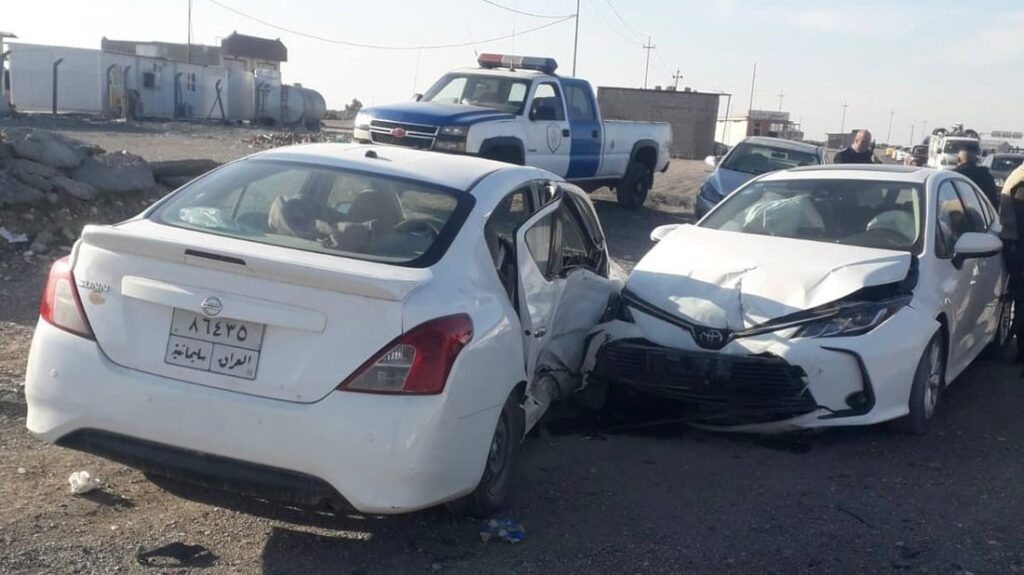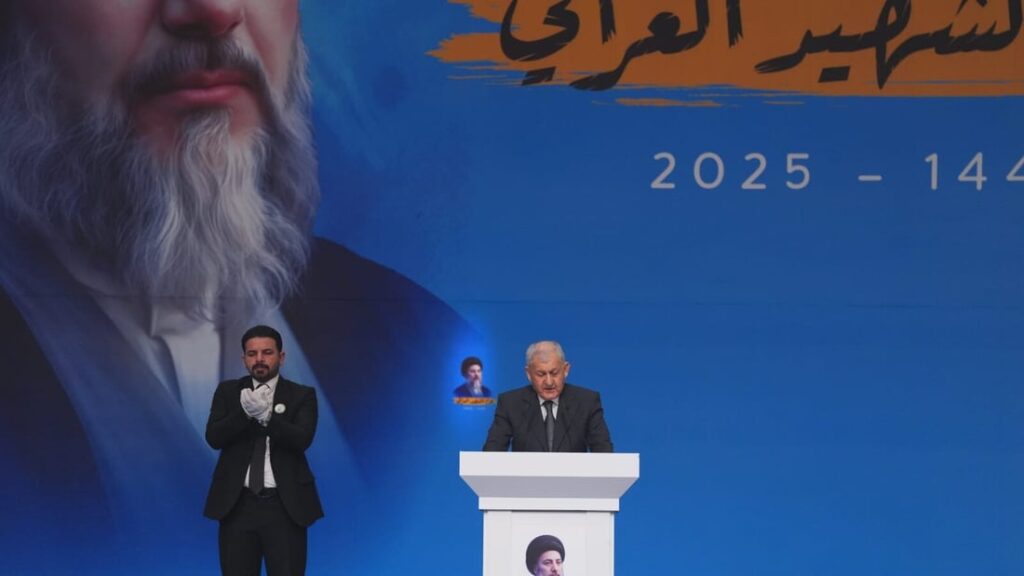Syrian Arab Republic: North-West Syria: Inter-cluster rapid needs assessment - Focused on recent displacement in North-west Syria, July 2019
CONTEXT
In the last week of April 2019, southern Idleb and northern Hama governorates saw a sharp escalation in hostilities, shelling, and airstrikes, preventing access to essential services and endangering the safety of those living in the area. Following these developments, 334,2941 people were forced to flee their homes between 1 May and 13 June 2019, many of whom were displaced for a second or third time. The majority of people leaving communities in southern Idleb and northern Hama governorates during this time period reportedly arrived to communities in Dana (171,237), Salqin (25,482), and Atareb (15,182) sub-districts in the north-west.1
Between 1 May and 13 June, an estimated 258,0771 people moved to Dana sub-district and 13 other neighbouring sub-districts in northern Idleb governorate, a trend that continues from a previous inter-cluster rapid needs assessment (RNA) conducted by REACH in May 2019. Following this large wave of people arriving to northern Idleb and western Aleppo governorates within the past several months, this factsheet provides an overview of current needs, gaps, and priorities in the area to inform a rapid humanitarian response.
As the potential locations for displacement are becoming increasingly limited, the high number of people arriving into already densely-populated areas of north-west Syria has further compounded the already precarious humanitarian situation in the region. This has led to a growing strain on resources, further exacerbating people's vulnerabilities and likely eroding resilience. Many humanitarian organisations have recently increased their activities and support to people in the region through the provision of life-saving assistance, but have voiced concern that financially this is not a sustainable solution.2 Without urgently needed funding, the already challenging living conditions of IDPs and residents may significantly worsen in the near future.
METHODOLOGY
Continuous data monitoring of this region is available from REACH. This assessment follows a multi-sectoral needs assessment, conducted in communities in all of Idleb and surrounding areas in August 2018 as a baseline on humanitarian needs, and RNAs following episodes of escalated conflict in September 2018, December 2018, February 2019, and May 2019.
To provide timely updates on the humanitarian situation, REACH conducted an RNA in northern Idleb and western Aleppo governorates, densely-populated areas that have seen a large number of arrivals in recent months. Data was collected between 1 and 3 July 2019 in 125 opposition-controlled communities in 14 sub-districts via community-level Key Informant (KI) interviews.



